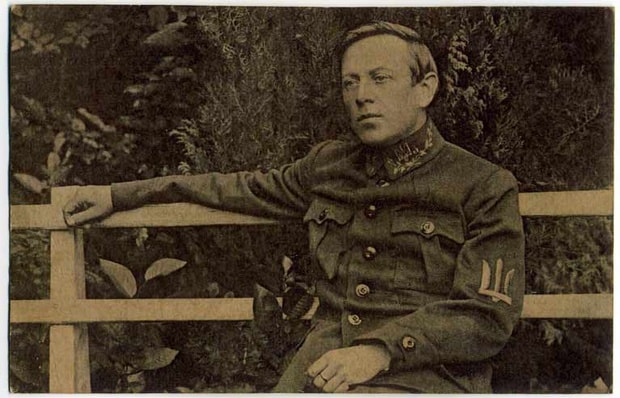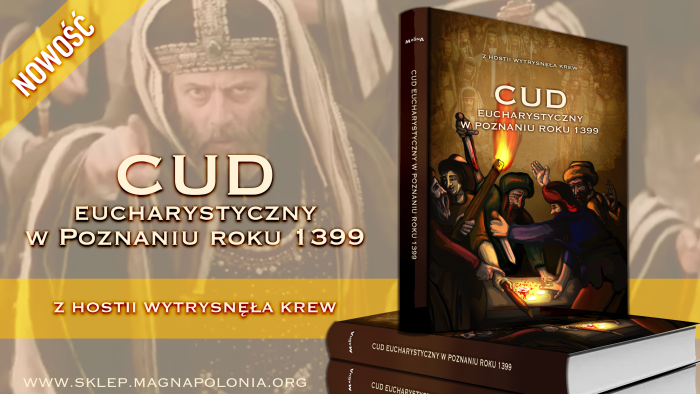[Wróć do tekstu w języku polskim]
There are no permanent friends in politics, only permanent interests. This sentence best embodies the current situation regarding the celebration of the 100th anniversary of the signing of the agreement between Piłsudski and Petlura. Why this event is becoming a kind of test for Polish politicians? To what extent are they driven by emotions and to what extent by a cold sense of interests of the state they represent?
On the night of April 21/22, 1920, a Polish-Ukrainian agreement was signed in Warsaw. It went down in history as the Piłsudski-Petlura alliance. As a result, an attempt was made to create an independent Ukrainian state east to the Zbrucz River. One could learn about this event by following, among others, Twitter account of the Polish consulate in Lviv. In the post published by the Polish Institute in Kiev and shared by the consulate we can read:
And although we know how 1920 ended, we think that events from the past should be a lesson to us, and their main characters take a prominent place in our memory.
In order to meet the request made by the Institute, whose posts were shared by the Polish Ministry of Foreign Affairs, we would like to bring closer those heroes who should occupy a prominent place in our memory.
At the very beginning it is worth to pay attention to the Symon Petlura. He was a Ukrainian politician, commander-in-chief of Ukrainian People’s Republic troops. During their activities in Ukraine, Western public opinion was informed of the numerous pogroms carried out by Petlura’s sich shooters on the Jewish community. Ultimately, Petlura himself fell victim to the assassination attempt of May 25, 1926, by Sholem Szwarcbard, a Jewish publicist who during the trial testified that the murder was in revenge for murdering his family in Ukraine during Petlura’s rule.
Next thing worth noting is the fate of Petlura’s collaborators, who in 1920 along with the Polish army began an attempt of building an independent Ukraine. One of these people was General Mychajło Omelianowicz-Pawlenko. He took part in operations against Polish troops during the fighting in Eastern Lesser Poland in 1918-1919, commanding troops besieging Lviv. In 1920, troops subordinate to him fought against the Bolsheviks during the expedition to Kiev. After the war he left for the West. During World War II, he undertook full cooperation with Nazi Germany, leading the Ukrainian Free Cossacks.
Another person close to Petlura was Borys Barwiński. He was born on October 23, 1888 and participated in the First World War. At the beginning of June 1920, he became the deputy commander of the protection of Petlura. After the war in 1920, he settled in Poland. From 1928, he served as a contract officer in the Polish Army. He took part in the Polish campaign of 1939, then was released from captivity in January 1940. From August 1943, he was the commander of the 30th SS Grenadier Regiment of the 14th SS Grenadier Division. After being removed from the position by the Germans, he took command of one of the battalions. After the war, he left for the United States, where he died in 1983. The aforementioned 14th Grenadier Division of the SS, which included the 30th Regiment, was responsible for war crimes, including pacification of the villages of Prehoryłe, Smoligów or Huta Pieniacka.
Another person worth remembering is Alfred Bisanz (1890-1951). He was a professional military man. During the fighting in Eastern Lesser Poland he fought against the Polish Army, among others during the Ukrainian Chortkiv offensive. On May 10, 1920, he joined the army of the Ukrainian People’s Republic, which was in alliance with the Polish Army at that time. During World War II, Bisanz cooperated with the Third Reich. In April 1943, he headed the military management responsible for creating the 14th Grenadier Division of the SS. This formation was responsible for crimes against Poles, including those commited in Huta Pieniacka.
Petro Diaczenko was another ally from 1920. In the interwar period he served as an officer in the Polish Army. During World War II he cooperated with UON (The Organization of Ukrainian Nationalists). In 1943 in the Chełm region he organized the Ukrainian Self-Defense Legion, which massacred Polish civilians in Chłaniów and Władysławina. He took part in the pacification of the Warsaw Uprising on the Czerniakowski foothold and against the Kampinos group in the Kampin Forest.
People directing Polish foreign policy must be aware of the fact that their decisions will be interpreted not from the perspective of how they would like to see it, but from the perspective of people who are not that familiar with the history of Polish-Ukrainian relations. The perspective of people who often don’t even know where Poland is, but are well informed about the holocaust and extermination of Jews. The decisions taken by Petlura’s associates during World War II should be taken into account by our eastern independent scientists. However, underlining and highlighting this alliance puts Poland in a difficult position. World public opinion, not knowing the reality of the events of 1920, may perceive such behavior as a glorification of people associated with the mass murders of Jews in Ukraine. It is just a blink away from perceiving Poles as the same as Ukrainians in this regard. With this behaviour they confirm that they are the perpetrators of the extermination of Jews. This attitude also encourages illegal claims, which will not cause any reaction of world opinion.
Tłum. Paweł Kurek
Podoba Ci się to co robimy? Wesprzyj projekt Magna Polonia!





